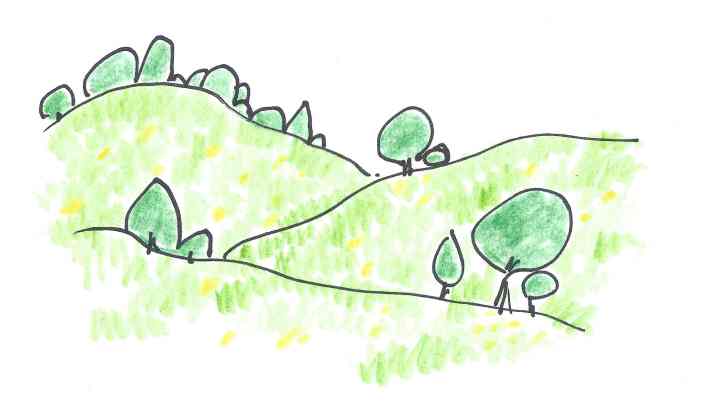We’ve seen some startling statistics in the aftermath of the mass shooting at Umpqua Community College: There is a gun for nearly every person in the US, where we average about a mass shooting every day, which we have taken essentially zero action on. Etymologically speaking, though, aftermath has nothing to do with numbers. Let’s do the math in the word aftermath.

Aftermath
The Oxford English Dictionary (OED) first records aftermath at the end of the 15th century. Back then, it referred to “a second crop or new growth of grass after the first has been mown or harvested.” For, this math meant “a mowing” or “the portion of the crop that has been mowed.” It is found very early in Old English, taking the form of mæþ. As you may recall, the symbol þ, called “thorn,” represented the unvoiced th sound (as in thick) in Old English.
By the 1650s, the OED continues, aftermath was signifying “a period or state of affairs following a significant event, especially when that event is destructive or harmful.” By the 1670s, the word was more generally referring to the “unwelcome consequence or effect” of such an event.
This math is related to mead, meadow, and mow. Indo-European scholars have rooted this family of words in a Proto-Indo-European root, *mē-, “to cut down grass or grain with sickle or scythe.” In the US these days, though, the Grim Reaper has swapped out his scythe for a gun.

Loved this post. Interesting and original.
thelonelyauthorblog
LikeLike
hmm… metaphyzics.wordpress.com
LikeLike
nice piece of information ..
https://scribblesofaneccentricmind.wordpress.com/
LikeLike